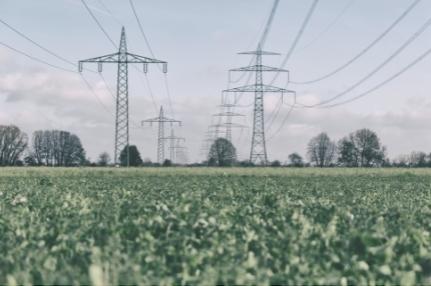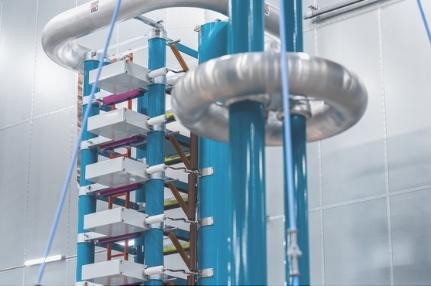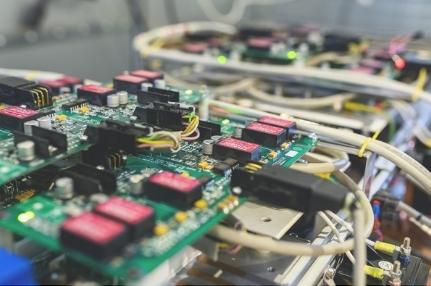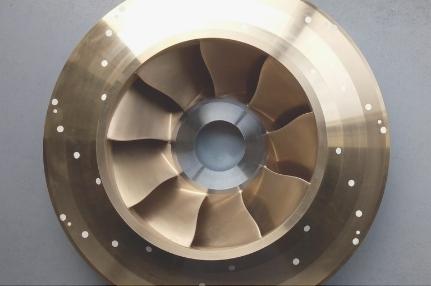Recherche & collaboration
Qu’est-ce qui nous rend unique ?
SuperGrid Institute doit son succès aux personnes qui composent nos différents départements de recherche. Nos équipes viennent d’horizons divers, tant industriels qu’universitaires, et la richesse de leur expérience et de leurs compétences rend l’Institut unique.
Chaque personne apporte une expertise spécifique et ce vivier de connaissances offre aux spécialistes de différents domaines la possibilité de collaborer sur des solutions innovantes pour résoudre des problèmes techniques.
L’Institut bénéficie d’étroites relations de collaboration avec des acteurs de l’industrie et des institutions académiques. Alors que les forces complémentaires de nos partenaires apportent des éclairages et des approches innovantes aux défis techniques, nous développons nos départements de recherche en toute indépendance. Des investissements conjoints publics-privés et des projets de collaboration financent le travail.
Les installations de recherche, les plateformes de test et les laboratoires de pointe de SuperGrid Institute sur les sites de Villeurbanne et de Grenoble sont la clé du succès de nos départements de recherche.

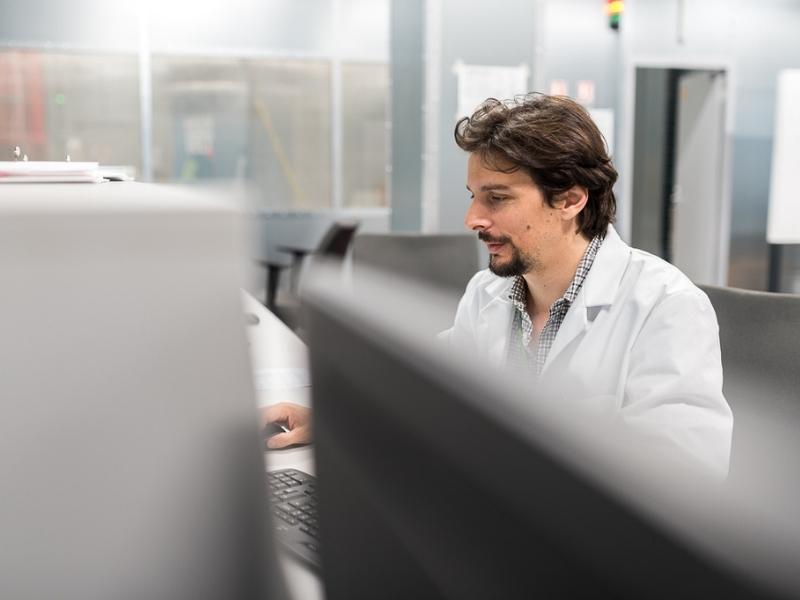
Nos dernières publications scientifiques
Surge and extended overvoltage testing of HVDC cable systems
In this contribution we give a short status update of the Cigré JWG B4/B1/C4.73. This joint working group deals with investigating the surge and extended overvoltage testing of HVDC cable systems. We present a historic overview over the standardization situation for HVDC cable systems.
Technical and economic analysis of the R-type SFCL […] in HVDC grids
Mainly used in AC grids, resistive type superconducting fault current limiters may be still more interesting for DC systems due to their capability to reduce high short circuit currents appearing in case of DC cable fault. This limiter reduces the breaking capability, speed, and energy requirements of the required DC circuit breaker allowing the implementation of electro mechanical breakers for fault current interruption. These breakers have lower breaking capability, on load losses, and investment costs in comparison with hybrid circuit breakers based on power electronics. This paper presents a technical and economic analysis of a superconducting fault current limiter used in a radial three terminal high voltage DC grid to protect a cable link. Based on simulation studies using an electro magnetic transient program, an effective system protection will be demonstrated with special attention to the continuity of power flow through healthy parts of the grid.
Thermal Management Optimization of a 5 MW Power Electronic Converter
High Voltage Direct Current (HVDC) is a replacement of the existing Alternating Current (HVAC) solutions for the transport of electricity using underwater cables. An example is the connexion of off-shore wind turbines to the electrical network...


